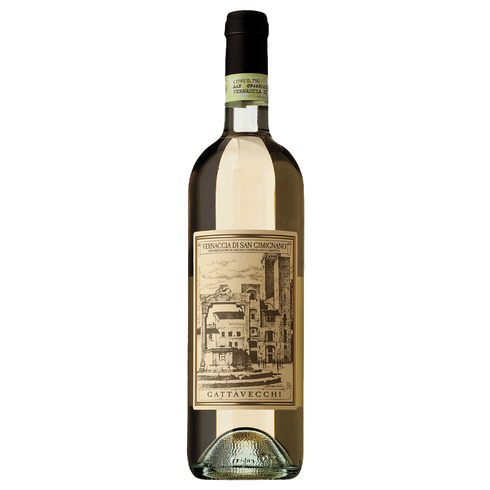I like to garden. For me, it's quite satisfying to walk into my backyard and pick something ripe and fresh to eat.
The trouble is, my yard is not very conducive to growing a prolific garden. My yard is blessed with an abundance of tall, leafy trees. But they cast so much shade that it stunts most garden plants that I'm trying to grow.
Example: tomatoes. I can't resist trying to grow tomatoes. But because of the shade, the plants put all their energy into trying to grow tall, and I end up harvesting just a couple of handfuls of small tomatoes. If they didn't taste so good, I'd quit trying.
The other problem is wild animals. We have deer, raccoons, squirrels, and rabbits galore. They like to feast on my vegetables as much as I do.
So each summer, I plant a few tomatoes and other items and just hope to be able to harvest enough to make it worthwhile.
 |
First batch of ripe serranoes |
The other thing that usually does well in my yard is peppers. I grow them in pots and have them placed where they can get some good, direct sunlight. The plants usually grow tall, like the tomatoes. But I usually get a good harvest of peppers. This year, I planted serranoes, and I was pleased with my harvest.
I posted a photo on Facebook with the plant before I harvested them. I got a nice reply from a friend in California who suggested that I use the serranoes to make zhug. Zhug, it turns out, is a Yemenite pepper sauce made with lots of herbs and garlic. I decided to give it a try.
My friend's suggestion didn't include a recipe. So I went online in search of a recipe. I came across a blog called Chili Pepper Madness. Not only did that blogger have a recipe for zhug, he has a very cool web site with lots of fun info about peppers and, of course, recipes.
Personally, I like hot peppers and spicy food. My wife does not. But with zhug, I can make a dinner entrée mild to suit her taste and then add the zhug to spice it up. I add it to pizza and soup and pasta. I also put it on a grilled hamburger and used it to spice up a homemade black bean patty. (Here's the recipe for the black bean patty that I got from the New York Times Cooking page.)
 |
These ingredients + olive oil = zhug |
I've included the recipe at the end of this post with my modifications, but I encourage you to look at the zhug recipe on the Chili Pepper Madness site as well. The original version turned out very bright green. Mine did not (see photo below) I think because I used ripe, red serranoes rather than green ones.
Zhug Yemenite Hot Sauce
Ingredients
- 1 teaspoon black peppercorns
- ½ teaspoon cumin seeds
- ½ teaspoon coriander seeds
- ½ teaspoon cardamom seeds
- Salt to taste I use about a teaspoon
- 1 cup loosely packed fresh herbs (such as oregano, mint, cilantro)
- 1 cup loosely packed parsley
- 5-6 serrano peppers chopped
- 2 cloves garlic crushed
- Juice from 1 lemon about 2-3 tablespoons
- ½ cup extra virgin olive oil
Instructions
Grind the peppercorns, cumin seeds, coriander seeds and cardamom seeds in a mortar and pestal into a coarse powder. Alternatively, you can start with powdered versions of these ingredients. Add them to a food processor along with the salt.
Add the remaining ingredients except for the olive oil to the food processor and pulse until the ingredients are chunky but combined. Do not overprocess or you’ll lose the desireable texture.
Drizzle in the olive oil and pulse/process until the oil is emulsified and the remaining sauce is thick and chunky.
Adjust for salt and use as needed.
Notes:
Makes about 1.5 cups.
Heat Level: Medium-Hot, because of the use of serrano peppers. You can easily dial back the heat by using milder peppers.
Store your zhug in an airtight container in the refrigerator.




